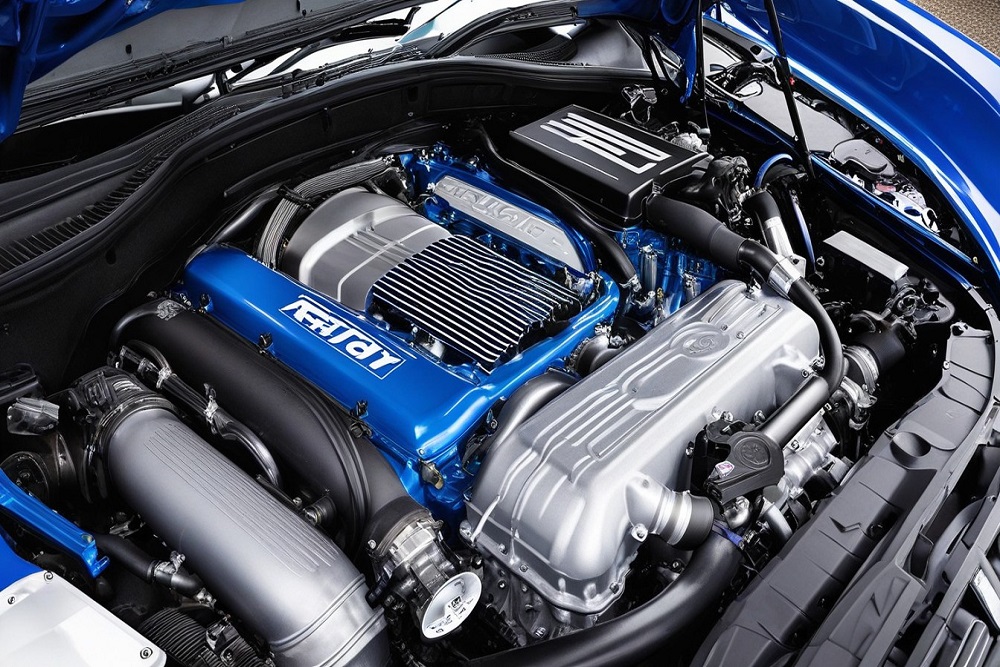
The Evolution of Car Engine Technology: From Steam Power to Smart Hybrid Systems
May 18, 2025
The evolution of car engines is one of the most fascinating and technically impressive stories in the history of mechanical engineering. What began in the 18th century with the primitive steam-powered engines has evolved into today's complex, intelligent hybrid systems that combine mechanical excellence with digital intelligence and environmental awareness. This journey tells not just the story of how cars run, but also reflects how society, science, and environmental responsibility have evolved.
1. The Steam Era – The Birth of Motorized Power
In the early 1700s, the idea of harnessing steam power for transport was born. Engines like those developed by Thomas Newcomen and later James Watt laid the foundation. By the late 1800s, engineers like Nicolas-Joseph Cugnot experimented with steam-powered road vehicles. These engines were massive, heavy, and incredibly inefficient by today’s standards, but they proved that machines could move themselves without horses.
2. The Internal Combustion Revolution – Enter the Gasoline Engine
The true revolution began in the late 19th century with the internal combustion engine (ICE). German engineers like Karl Benz and Gottlieb Daimler developed gasoline-powered engines that were far more practical for small vehicles. By the 1920s, companies like Ford began mass-producing cars with internal combustion engines, making personal vehicles affordable and changing the world forever. The ICE became a symbol of speed, freedom, and innovation.
3. V8, V12, and High-Performance Legends
Through the 20th century, manufacturers raced to develop more powerful, smoother, and more efficient engines. The V8 engine, especially popular in American muscle cars, became synonymous with raw power. Ferrari and other high-performance brands pushed the envelope with V10 and V12 engines, creating engines that were not only powerful but also beautifully engineered. Innovations like turbocharging and fuel injection added more power without significantly increasing engine size.
4. The Emissions Crisis – Catalysts for Change
As engines grew more powerful, environmental concerns became more prominent. In the 1970s and 1980s, the global oil crisis and rising pollution levels led governments to introduce regulations on emissions. This forced engineers to design engines that were not only powerful but also cleaner. The introduction of catalytic converters, unleaded fuel, and electronic fuel injection were just some of the milestones during this period.
5. The Digital Era – ECUs, Sensors, and Smart Engines
Modern engines are as much about software as they are about metal. With the rise of the Engine Control Unit (ECU), car engines became smart. These digital brains monitor air-fuel ratios, engine temperature, throttle input, and more to optimize performance, fuel efficiency, and emissions. Modern engines can self-diagnose problems, adjust to driving habits, and even communicate with the cloud for remote diagnostics.
6. Hybrid and Electric Engines – The New Frontier
Today, we stand at the edge of a new revolution. Hybrid engines, which combine traditional ICEs with electric motors, offer the best of both worlds—range and efficiency. Plug-in hybrids go even further, and fully electric vehicles are redefining what engines even mean. Tesla, Toyota, and even traditional powerhouses like BMW and Mercedes are investing heavily in electric drive technology, seeking a balance between performance, sustainability, and consumer demand.
7. What the Future Holds – Hydrogen, AI, and Beyond
Looking ahead, the car engine of the future might not run on gasoline at all. Hydrogen fuel cells, biofuels, and fully electric powertrains are becoming more feasible. AI could allow engines to adapt in real-time to weather, traffic, and driver preferences. Engines may become smaller, smarter, and completely integrated with digital infrastructure, perhaps even communicating with roads, traffic lights, and other cars.